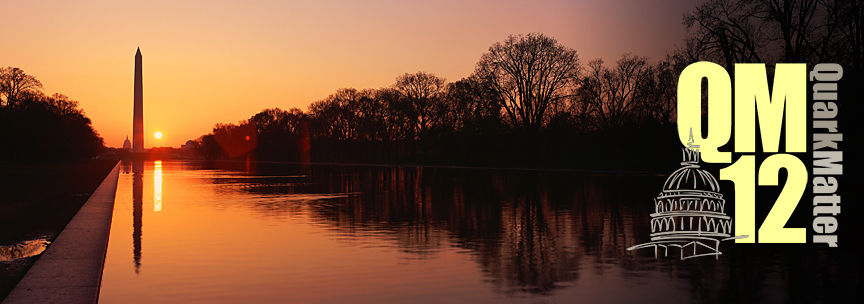Speaker
Barbara Trzeciak
(Warsaw University of Technology)
Description
The suppression of quarkonia production in high energy nuclear collisions relative to proton-proton collisions, due to the Debye screening of the quark-antiquark potential, was proposed as a signature of the formation of Quark-Gluon Plasma. However, there are other effects that may affect the observed quarkonia production, such as cold nuclear matter effects, final state nuclear absorption and statistical coalescence of quark-antiquark pairs. Studies of production of various quarkonia states in heavy-ion collisions can provide insight into the properties of the hot and dense medium created in relativistic heavy-ion collisions at RHIC. Systematic measurement of the quarkonia production for different colliding systems, centralities and collision energies may help to understand the quarkonia production mechanisms as well as the medium properties. Furthermore, at RHIC energies the $\Upsilon$ meson is a clean probe of the early system due to negligible contributions from $b$-$\bar{b}$ recombination and non-thermal suppression from co-mover absorption.
In this talk we will present results on J/$\psi$ and $\Upsilon$ production via the dielectron decay channel in Au+Au, $d$+Au and $p+p$ collisions at midrapidity at $\sqrt{s_{NN}}$ = 200 GeV in the STAR experiment. We will show the J/$\psi$ nuclear modification factor as a function of centrality and $p_{T}$ and the $\Upsilon$ nuclear modification factor computed using the new preliminary $p$+$p$ result from 2009, in Au+Au and $d$+Au collisions. We will also present the J/$\psi$ polarization measurement in $p$+$p$ collisions and the J/$\psi$ elliptic flow measurement in Au+Au collisions. Furthermore analysis status of J/$\psi$ production in Au+Au collisions at 39 GeV and 62.4 GeV will be reported.
Author
Barbara Trzeciak
(Warsaw University of Technology)
Peer reviewing
Paper
Paper files:
